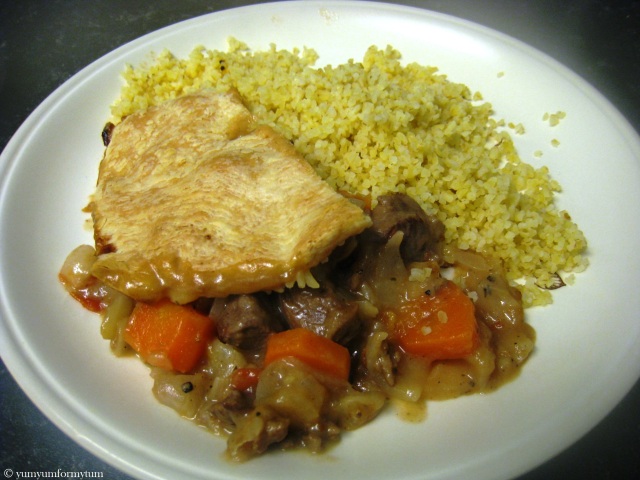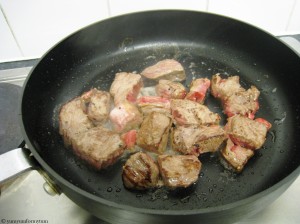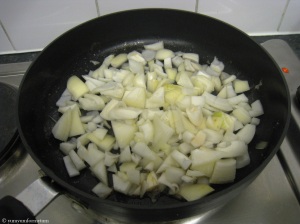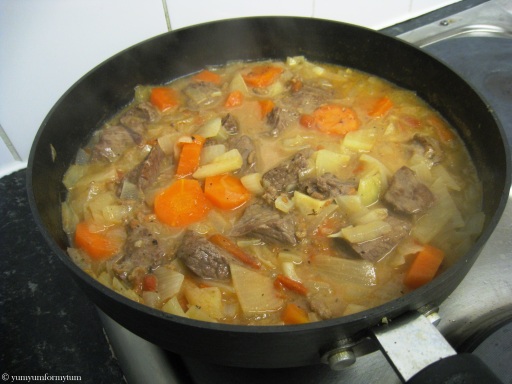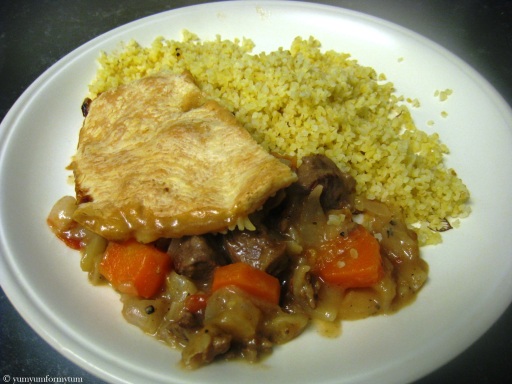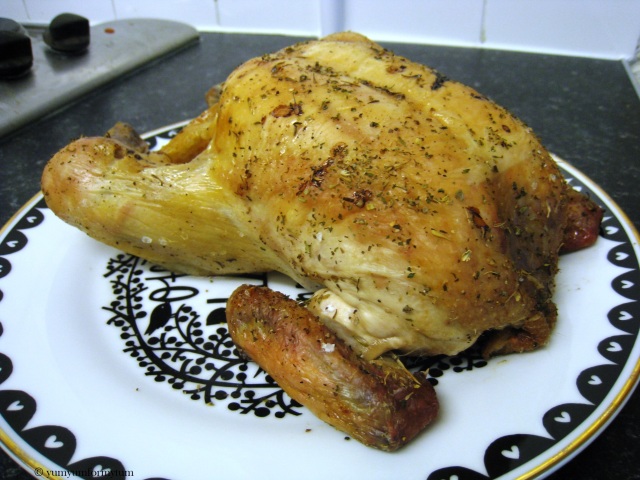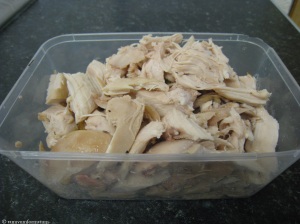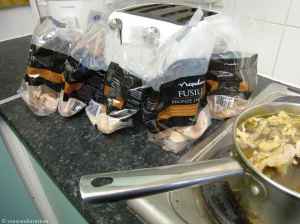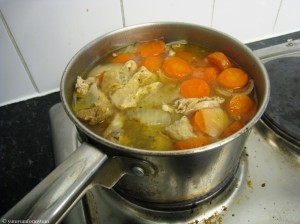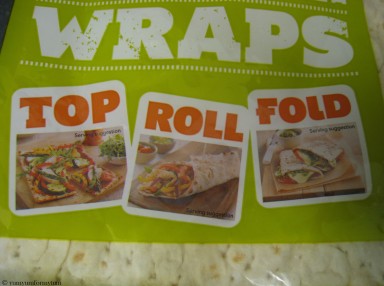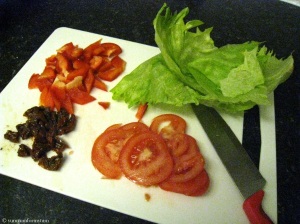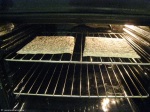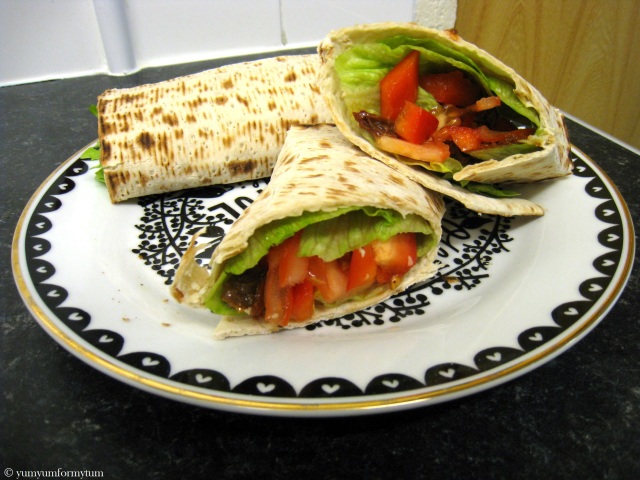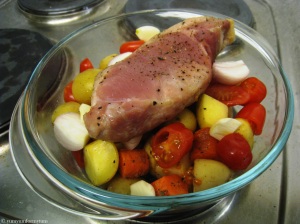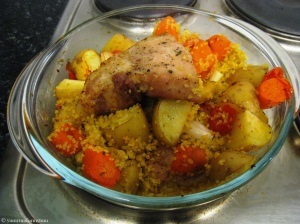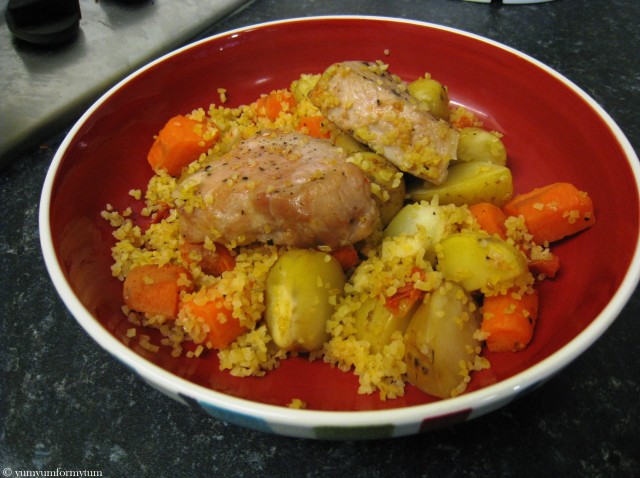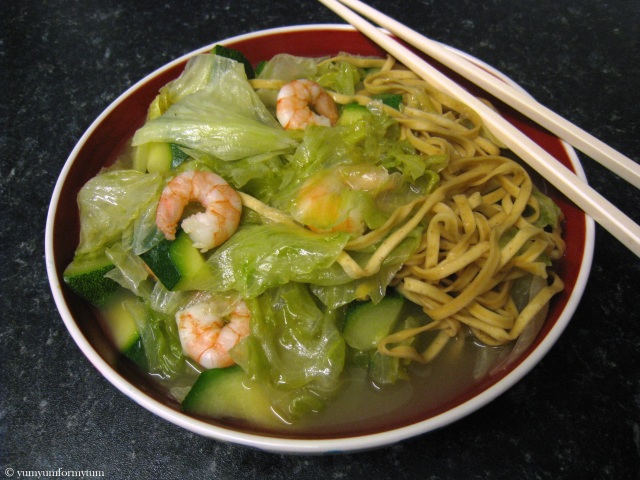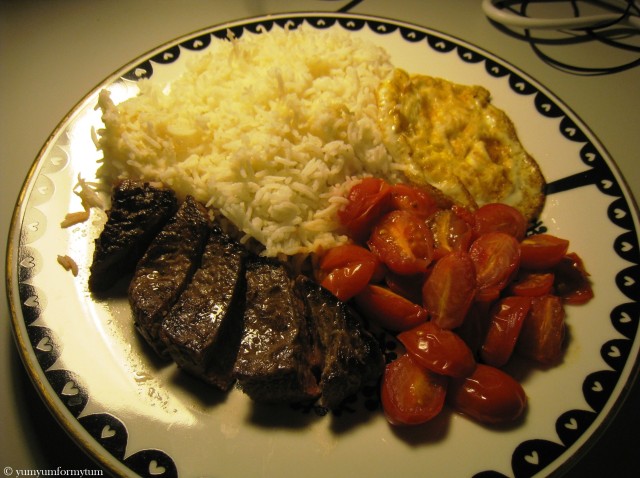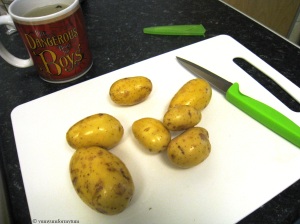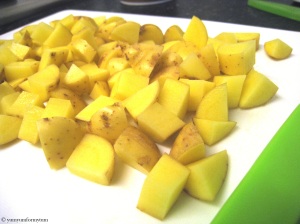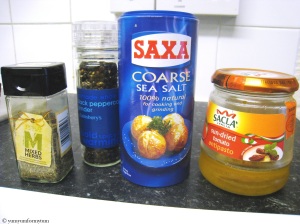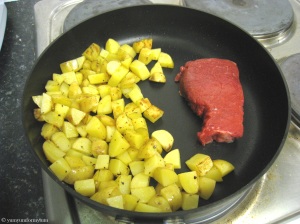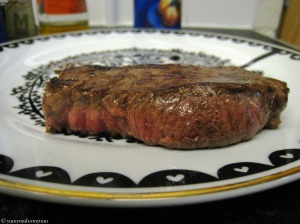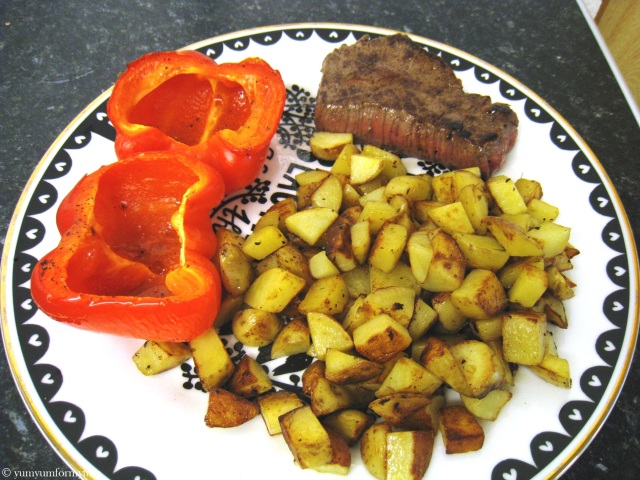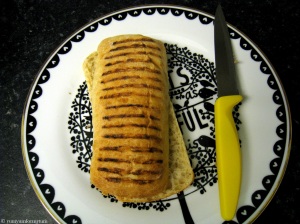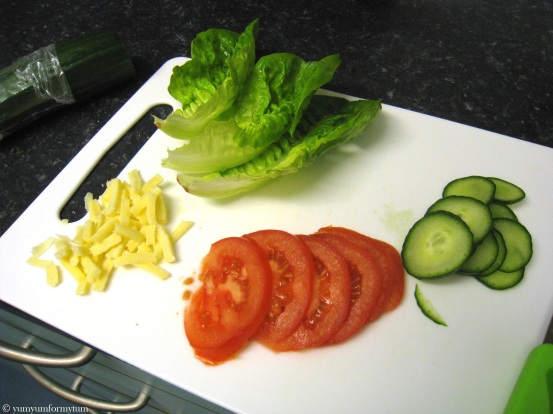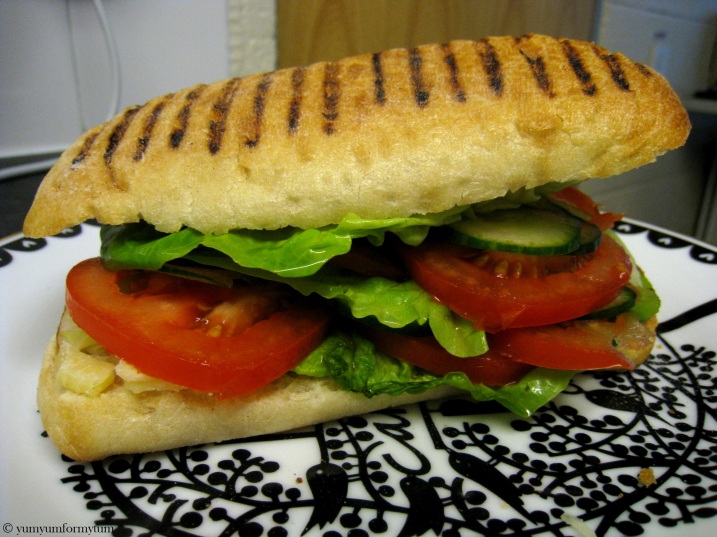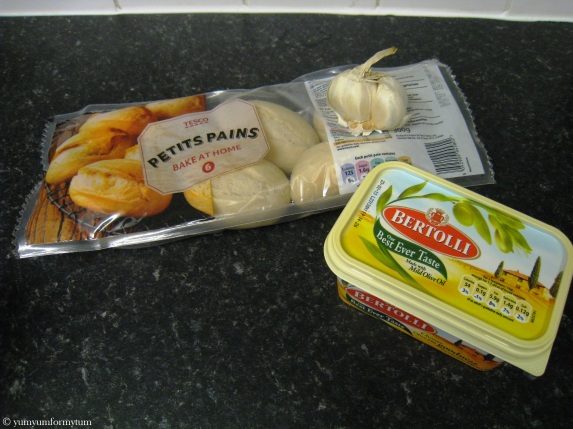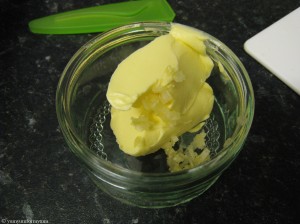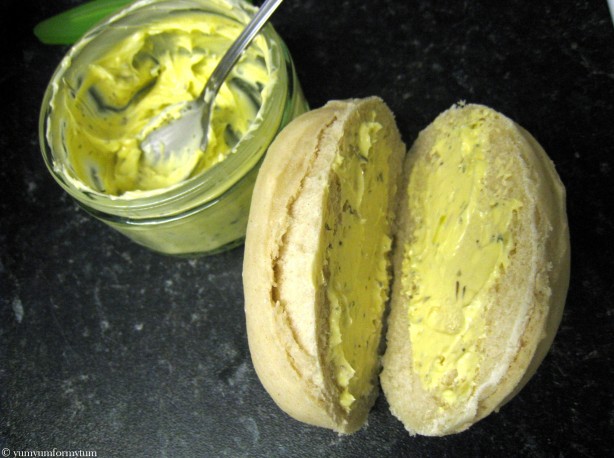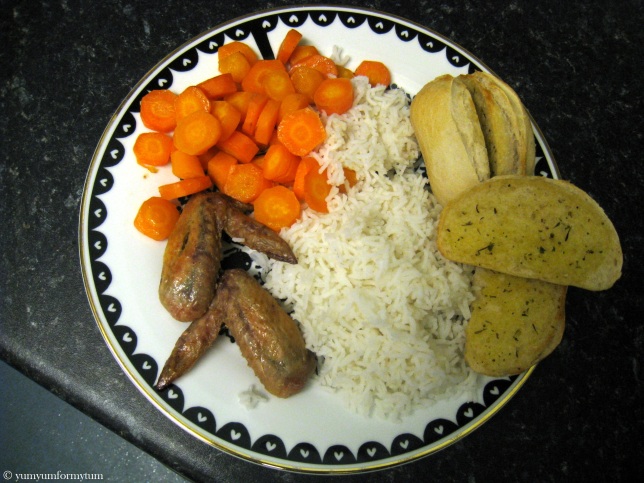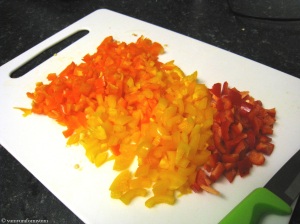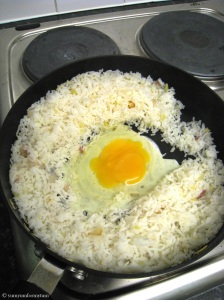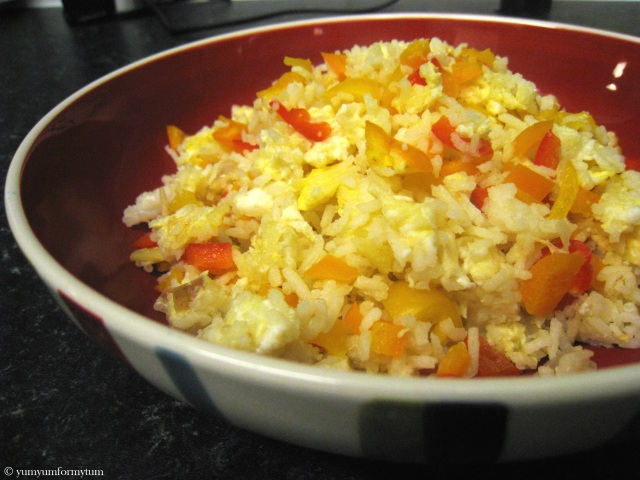So this is take two of my attempt at an eight-strand plaited loaf and I am pleased to report that it was more successful than last time. Now I must admit this post is long overdue since you can probably tell I made this at home (when I went back for Christmas by the use of baking utensils. Anyway since it has been pretty cold here for the last week or so (with the odd bit of snow), I thought I’d do my updated post on this Paul Hollywood recipe.
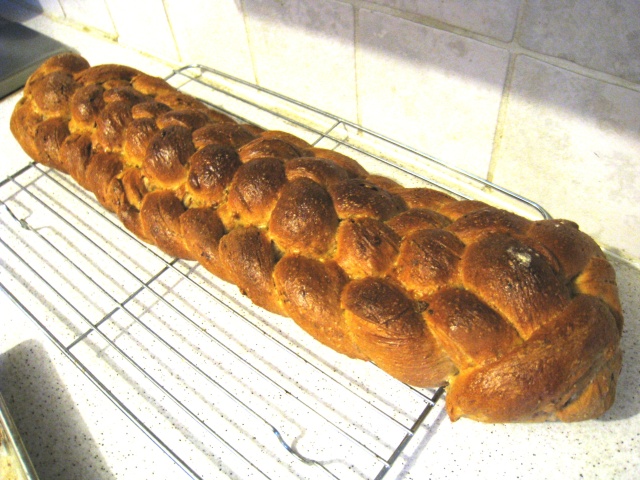
Now as I was making a wholemeal version of the recipe’s white loaf, I made a few changes to the original recipe:
– 450g strong wholemeal bread flour
– 150g strong white bread flour
– 12g salt
– 12g instant yeast
– 35g unsalted butter, softened
– 400ml or so of tepid water
– Olive oil
Since flour is one of the key ingredients, I think it is best to buy a good quality bread flour as you will definitely reap the rewards on tasting. We tend to use the Allinson Flour brand and for the 450g wholemeal bread flour of this recipe, I used a combination of this seed and grain mix with this country grain mix. I particularly enjoyed the ‘country grain’ mix which had malted wheat flakes, rye flour and malted barley flour in it with the seeds as they created a lovely nutty flavour and texture. The inclusion of a little white bread flour gives the dough a slightly lighter texture as sometimes dense wholemeal flour by itself can be a bit ‘heavy’ – however if I use the same to mixes in the future I doubt I will need to even use the white flour. Obviously you can replace the quantities with whichever flours you prefer and have readily available.
Other than that, the steps of the recipe were as before. You can of course just use the recipe and make *ordinary* shaped loaves but since it was our ‘Christmas’ dinner (explanation at the end), I thought it would look pretty on the table.
1. First mix the bread flours with the yeast and salt, taking care not to let the yeast and salt mix. I like to do this in a large bowl otherwise it goes everywhere.
2. Add 3/4 of the butter and a little water at a time into the bowl. Gradually continuing mixing the dough until you have added all the butter. You don’t really need to use all the water if the dough comes together easily. It should be pliable and not too dry/wet and you can now turn it out onto a lightly oiled and clean surface.
3. Knead the dough for 5-10 minutes until it begins to stretch back. You can test when it is ready by prodding a finger into it, if it bounces back to its original shape, it’s ready for proving. Form the dough into a rough ball shape and place into a lightly oiled bowl. Cover with cling-film and leave in a warm place to prove for an hour.
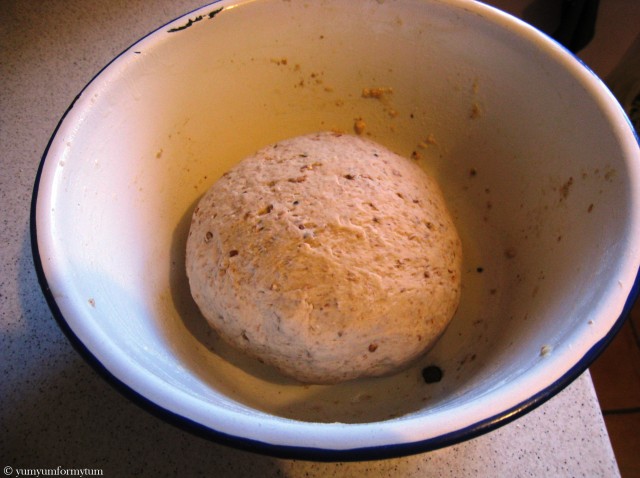
Photograph is before proving
4. Knock back the dough (give it 2-3 kneads). It is now ready for plaiting. This time I took it a little more seriously and actually weighed the dough and divided it into eight equal portions. Roll out with your fingers into sausage-like strands against the surface and move your hands from the centre out to the edges each time to keep the shape even. You need quite a bit of patience here as the dough likes to stretch back so you have to persevere and I aimed for strands of about 45cm in length. It took a good 20 minutes. Once they are all even width and length, arrange them like so:
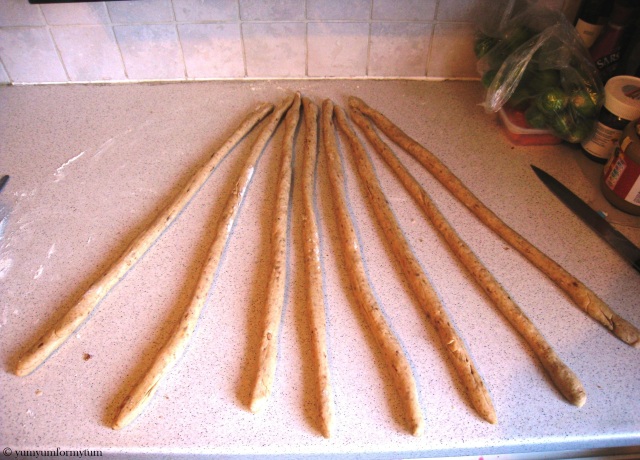
5. – Number them from left to right 1-8. ‘Squidge’ (technical term) the top of the strands together and tuck underneath slightly to create a neat starting point. Then:
– Place 8 under 7 and over 1
– Place 8 over 5
6. – Place 2 under 3 and over 8
– Place 1 over 4
– Place 7 under 6 and over 1
7. Repeat only step 6 (all the highlighted parts above) until you run out of dough.
8. Squidge the end strands together and tuck neatly underneath again.
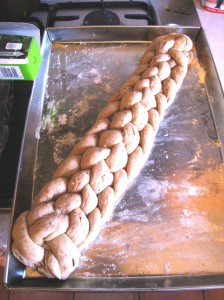
9. Place your now plaited loaf onto a floured large baking tray and cover again for a second proving for another hour or so.
10. Brush your loaf with beaten egg wash and bake in a 200 degrees Celsius oven for 25 minutes (thereabouts) until golden brown on top and portrays a hollow sound when gently knocking the underside of the loaf.
11. Treat with love and serve. I made this for our ‘Christmas dinner’ which was actually our New Years Day lunch/dinner and decided to cut it in half with smaller slices arranged around the plate. It does particularly well with soup. Enjoy!
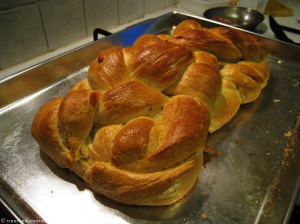
1st attempt
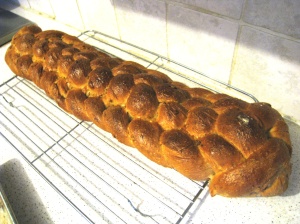
- 2nd attempt
